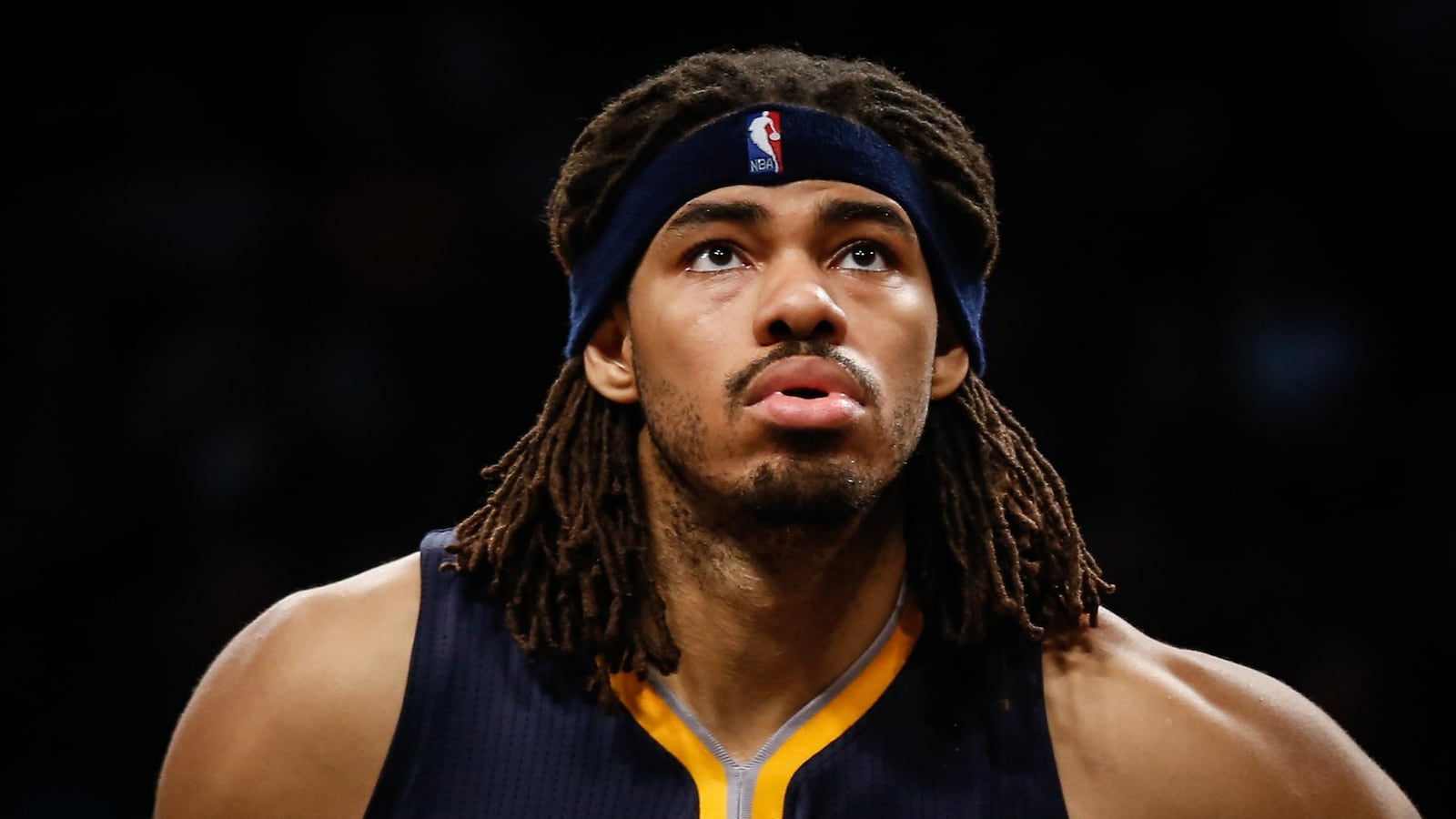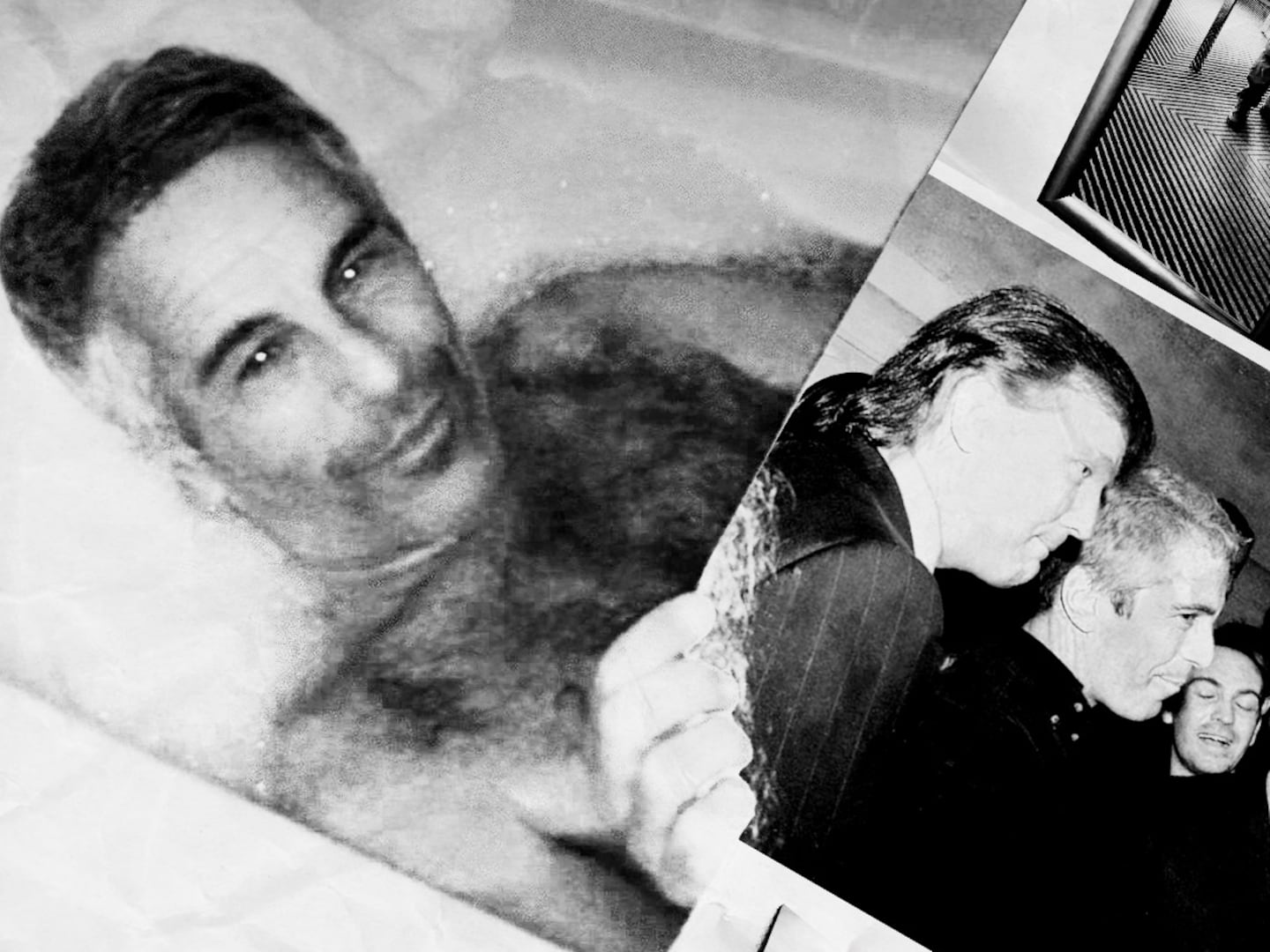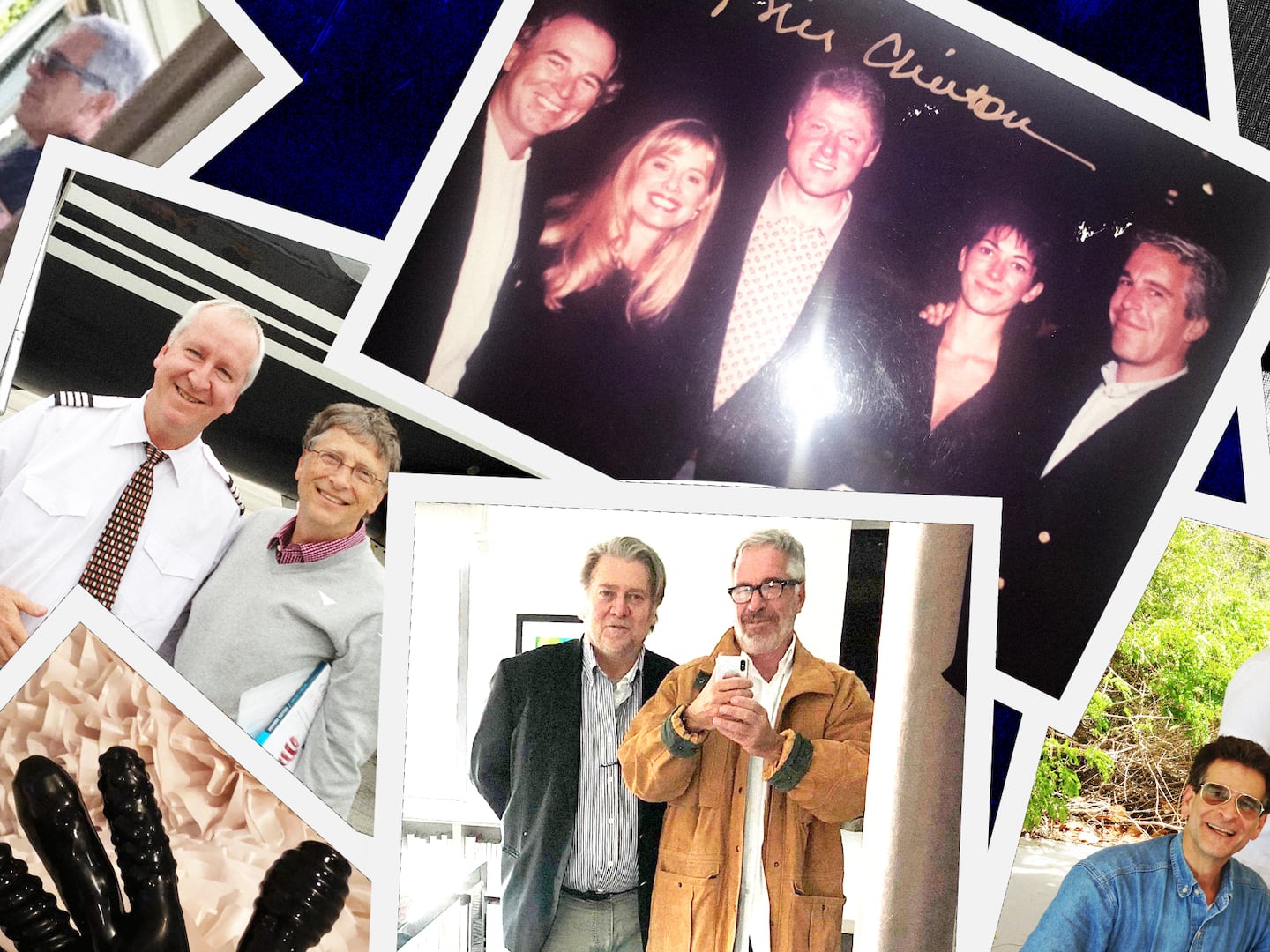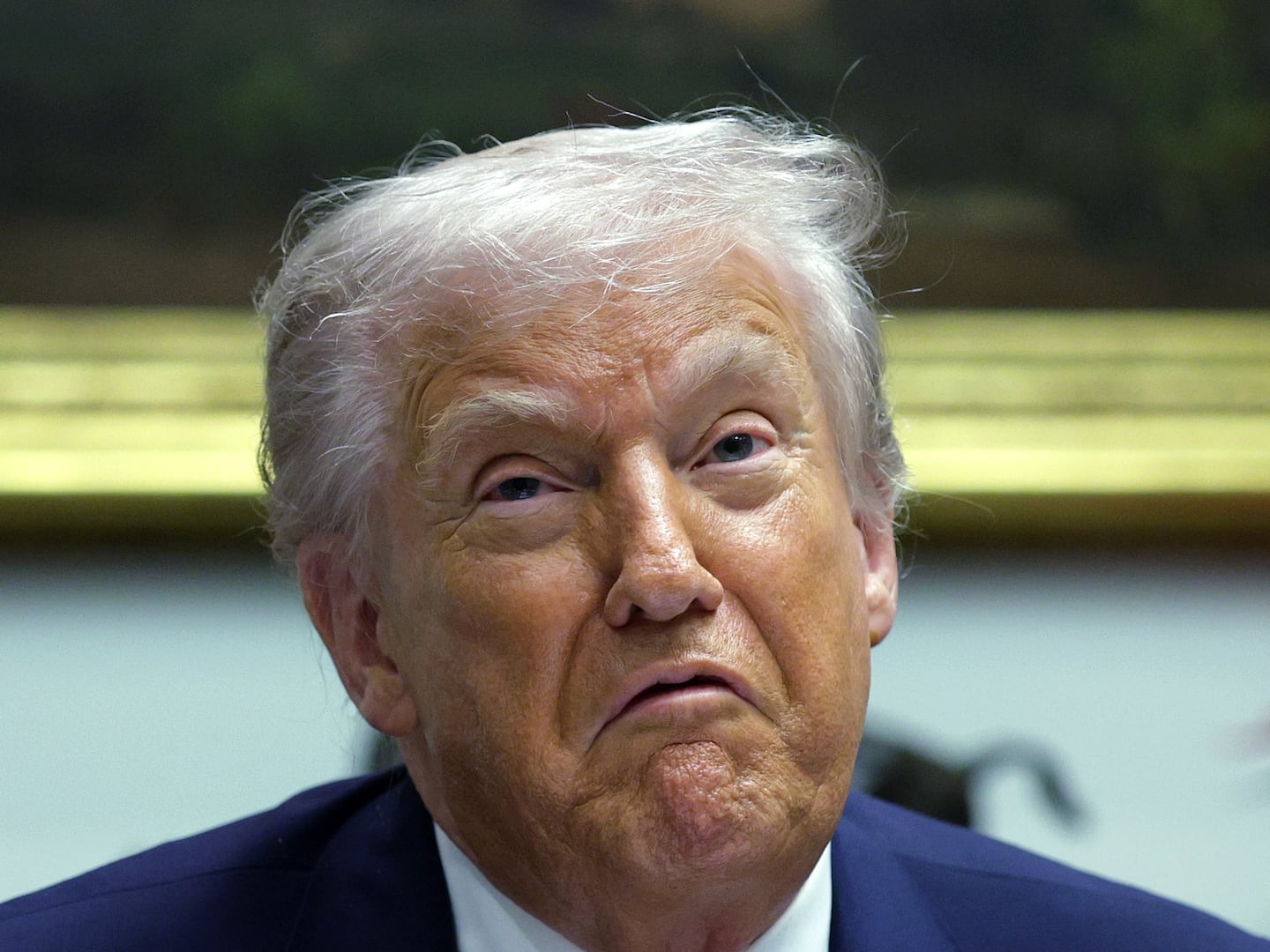According to multiple reports, Indiana Pacers forward Chris Copeland was stabbed once in the abdomen and in the left elbow during a fracas that broke out at 4 a.m. on Wednesday outside the Soho nightspot, 1 Oak. Details are still sketchy, but it’s alleged that Shevoy Bleary-Murdock, the accused perpetrator, was listening in on a conversation—possibly an argument—that Copeland was having outside the club with his wife, Katrine Saltara.
The arrival of this interloper evidently displeased Copeland, according to the New York Post, until it reached “a heated argument, which Saltara tried to break up.” Bleary-Murdock then “pulled out a knife and stabbed Copeland in the stomach and slashed Saltara in the breast, buttocks and arm.”
“We were attacked out of nowhere by a f*cking black civilian,” Saltara said, according to TMZ. “We have nothing to say. We are scared for our lives.” Bleary-Murdock has since been charged with felony assault and criminal possession of a weapon.
But it didn’t stop there. Pero Antic and Thabo Sefolosha of the Atlanta Hawks were also at 1 Oak. They too got caught up in the hurly-burly and were arrested, charged with various counts of obstructing governmental administration, disorderly conduct and menacing. Antic and Sefolosha were allegedly told to leave the scene at least six times before Sefolosha is said to have charged towards one officer whose back was turned, requiring “four police officers to place Sefolosha in handcuffs.”
However, sources close to Copeland have told Bleacher Report’s Jared Zwerling a somewhat different version. Not only was Copeland in no way the instigator of the fight, the “Hawks players were shielding him [Copeland] from those crowding/taking photos. Police were in protective mode.” Antic and Sefolosha have since announced that they will be contesting the charges.
First of all, regardless of how this all sorts out, let me be absolutely clear: This should in no way be taken as an invitation to start screeching that all NBA players are “thugs.” Just ask Minnesota state Representative Mike Garofalo how well that’ll go. There’s a ton of evidence showing that NBA players are arrested at a rate generally on par with that of the general public and considerably lower than their 20 to 34-year-old counterparts.
What makes this story notable is that it seems so anachronistic; a tale better situated in the NBA of 10 to 20 years ago, when stories of altercations at both night and strip clubs peppered the police blotter. Charles Barkley scuffled with bar patrons on more than one occasion, famously throwing a fellow tippler through a plate glass window of an Orlando tavern in 1997. Paul Pierce was stabbed 11 times and had a bottle smashed over his head at a club in 2002. And Stephen Jackson fired his gun multiple times after being hit by a car outside a strip club in 2006.
The website NBA Crime Library has catalogued all the NBA arrests going back to 1951, and you can see the spike that begins in the mid-’90s and lasts until the mid-2000s.
In case you weren’t aware, it was a tenuous time for the league, TV ratings- and popularity-wise. There was a fear on the part of the owners and others in charge that their difficulties were in some way related to the perception that the NBA was too “urban” and “thuggish,” or what they meant but did not say—“black.”
Then-commissioner David Stern was deeply concerned with “cleaning up” the NBA’s image, especially in the aftermath of the Malice at the Palace, in which Metta World Peace, Stephen Jackson, and Jermaine O’Neal of the Indiana Pacers went charging into the stands during a seemingly unending, chair- and bottle-tossing, truly awful brawl.
The dress code requiring business casual attire be worn on the sidelines was Stern’s most visible dictatorial fiat, but there were also regulations regarding autograph signings and the creation of the NBA Cares initiative. If you’ve watched a game in the last decade, you’ve certainly seen ads featuring NBA players stiffly appearing at various charitable functions with various degrees of plastered-on plasticky grins handing out food or gifts during the holidays.
And yes, lest you think this issue has lessened over the years, you can draw a pretty straight line between Stern’s fashion tips and the Atlanta Hawks’ soon to be ex-owner Bruce Levenson’s leaked email this past summer in which he mused about ways to attract more whites. It’s not hard to suss out the patently obvious racial implications when even a so-called radical like Phil Jackson was prompted to say, “The players have been dressing in prison garb the last five or six years ... all the stuff that goes on, it’s like gangsta, thuggery stuff.”
Then there’s this curiosity. Casually dropped into the end of a Sunday New York Daily News column back in January of 2007, it seemed as if Stern not only wanted to take charge of the players’ on-court wardrobes, he was also deeply concerned about where they’d be when they were showing off their best threads.
“The NBA this past week ordered its security forces in all 29 cities to come up with a list of clubs and other night spots that should be made off-limits to players,” Mitch Lawrence wrote. “Once the clubs are identified, with the help of local law enforcement, the league will send a directive to teams mandating that players avoid those spots or be subject to a substantial fine.”
However, it doesn’t seem as if this rule was ever enacted. Save for a few fan forums, a Marquette Sports Law Review paper (which only cites Lawrence’s column) citing this as an example of the degree to which Stern’s powers surpassed those of any of the other pro sports commissioners and this blog entry by Sports Illustrated’s Michael McCann discussing the low probability that the NBPA would ever let this fly, there’s no other mention of it.
That said, even if Stern ran it past a phalanx of lawyers and got the legalese version of a thumbs down, it’s not hard to screw on your best conspiracy-flavored tinfoil hat and imagine a scenario in which Stern dropped a polite word to the league’s owners that they might want to keep a more watchful eye on their employees.
I emailed both the NBA and NPBA to check this rumor, but they did not respond by publication time. Odds are Stern never took this much past the spitballing stage, but given his pre-retirement declaration that one of his greatest sources of pride comes from “the fact that our players, who didn’t used to be so well regarded, are now at the top. And they’re at the top because of what they do on the court and off the court. The NBA cares,” it does have a delicious whiff of truthiness.
This isn’t meant to say that Stern’s fashion dictum was successful; that the decline in Copeland-esque incidents should be wholly attributable to the basketball equivalent of Rudy Giuliani’s “Broken Windows” policing. (No, that didn’t really have much impact either.) There are a number of factors behind the NBA’s resurgence: the emergence of LeBron James and a new generation of stars, all of whom are far more image- and brand-conscious than their predecessors, particularly in a world in which every bro with a cellphone and a social media account can and will become part of the paparazzi, the revival of the Lakers and Celtics’ historic rivalry, and the increasing financial value of live sports programming to broadcasters and advertisers, just to name a few.
Luckily, it doesn’t seem as if there’s going to be some massive overreaction here. Right around the same time that Stern may or may not have been pondering a forbidden bar list, Utah coach Jerry Sloan instituted a curfew. (No other NBA team has one in place, although the Knicks briefly tried it last season.) On Wednesday before tipoff, Hawks coach Mike Budenholzer was asked if he’d consider it in light of recent events.
His answer? “No.”






